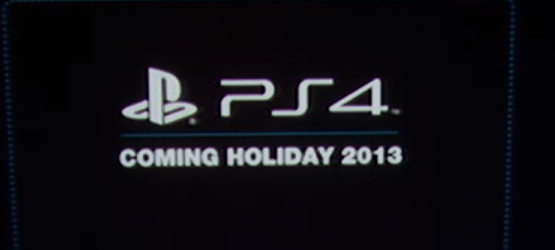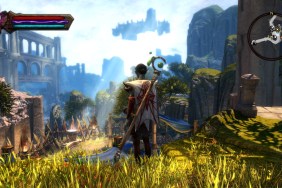Earlier, we analyzed the PS4’s memory bandwidth and compared it to the PS3. Sony’s use of GDDR5 is a bold move, given the price tag. But it could very well give it a leg up in this latest generation of the console war.
To clarify, memory bandwidth refers to the speed at which data can be read from or written to the system’s memory. The speed of the memory can be just as important as the amount of memory. A sluggish memory system can introduce latency in the overall system if the CPU or GPU can’t get data fast enough. There’s no point in having a blazing fast APU when it’s spending half of its time waiting for work.
Sony has claimed a memory bandwidth of 176 GB/s for the GDDR5 memory they are using in the PS4. That is a 7 to 16x improvement over the memory architecture of the PS3. This falls well within the numbers I would expect, given a single 32-bit GDDR5 module can pump 24 GB/s, and to reach a capacity of 8 GB they’ll need several modules.
So, how does this compare to the rumored Xbox 720/Durango specs? I’m glad you asked!
According to the Durango leaks, the next Xbox will be sporting 8 GB of DDR3 main memory with bandwidth of 68 GB/s. Like the Xbox 360, to compensate for the lower memory bandwidth they’ve included 32 MB of embedded SRAM. SRAM is much faster than higher capacity DRAM, but also much more expensive. It is typically used for high speed caches. Durango’s ESRAM cache has a peak bandwidth of 102 GB/s.
Now, what doesn’t make sense here for Durango is the claim that the main memory and ESRAM communicate in parallel with the GPU, giving Durango a peak bandwidth of 170 GB/s. In theory, this is almost as fast as the PS4’s 176 GB/s bandwidth for its GDR5 main memory. Just like Chewbacca, that does not make sense. Likely, the majority of memory operations will happen over the slower DDR3 pipeline, with Durango capable of bursts up to 102 GB/s and 170 GB/s. But to achieve the higher numbers, Durango has some dedicated Data Move Engines to try to keep that ESRAM cache full of the right bits to keep bandwidth closer to that big 170 than the smaller 68. It’s likely that most of the ESRAM cache will be saved for latency sensitive operations, and general data will come directly from main memory.
Call me skeptical, but simplicity usually wins the game. Look at PS3 vs. 360. First party Sony devs were able to finesse some great things out of the PS3, but it took years before many third party devs really “got” the PS3. Microsoft may be able to hide some of that complexity from developers by abstracting some of the complexity away with its APIs handling the work of managing memory. Will we see a role reversal with the PS4 being considered more “dev friendly” and the new Xbox being the more complex system that takes a couple years for developers to fully take advantage of? Either way, it will be interesting to see this first round of next-gen games and how they take advantage of each platform.









